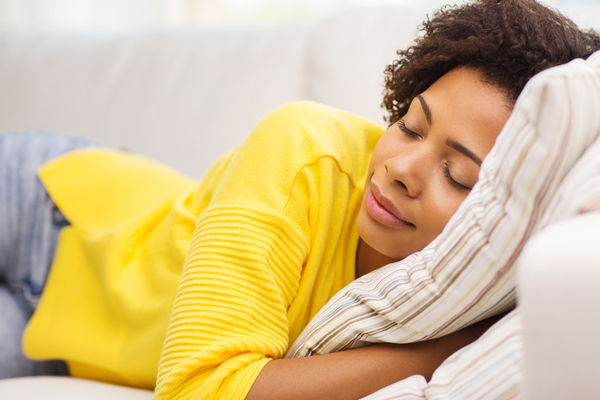Cannabis and Dreams
By CLOVR Cannabis
October 21 2020
Sleep is something that humans can’t live without, yet it can also be truly elusive. According to the sleep foundation, one in three people suffer from some level of insomnia. Chronic insomnia comes with a laundry list of diseases such as heart disease, stroke, increased obesity, depression, weakened immunity, and it is even linked to Alzheimer’s disease. While there is no shortage of over the counter sleep medications, many prefer a more natural remedy.
Cannabis is famous for its calming, pain-relieving, and sedative effects. Among the most beautiful things about the cannabis plant is that it has the ability to lift you up with Sativa strains and calm you down with Indica dominant strains. Many consumers of cannabis use it as a natural alternative to pharmaceutical sleep aids, and for good reason. Among those are people who choose not to dream as a result of PTSD or general night terrors. Regardless of the reasons, cannabis and dreams just seem to go together.

We can’t discuss how cannabis influences our dreams without understanding how and when dreams occur during our time asleep. Sleep is more than our bodies shutting down, it is when we rest and repair the body and mind. Naturally, this process is more than just dozing off and hopefully feeling refreshed the next day. There are multiple stages of sleep throughout the night that all serve different purposes.
Cannabis influences our sleep in a number of ways, the first of which has to do with the act of falling asleep. According to an article published by Psychology Today, cannabis shortens the amount of time it takes to fall asleep. The article features a study that compared strong sleepers to people who had trouble falling asleep. The study found that the people who had trouble sleeping fell asleep an average of 30 minutes faster when they introduced cannabis.
The strong sleepers fell asleep an average of 15 minutes faster when they consumed cannabis. In addition to shortening the amount of time it takes to fall asleep, cannabis also lengthens the overall amount of time spent in deep, restorative sleep, or non-REM stage three. This is why so many people claim that they sleep better and feel more rested after consuming cannabis before bedtime.
The increased time spent in delta sleep comes at a slight cost, however. Cannabis shortens the amount of time spent in the REM cycle, meaning dreams are shorter and harder to remember. The decreased dream time can be a positive or negative effect depending on the individual consumer. One of the leading conditions for medical marijuana is post-traumatic stress disorder (PTSD). One of the most common symptoms of PTSD is nightmares. Since cannabis shortens the time spent in REM sleep, it also decreases the chances of having a nightmare or remembering the nightmare when we wake up. This simple function can be life-changing for people who are afraid to sleep because of nightmares.
Limiting our ability to dream can be a serious drawback of using cannabis before bedtime. According to an article in Greater Good Magazine by Berkley, dreaming is an important part of a healthy brain. During REM sleep we process memories, emotions, and experiences which makes dreaming a form of therapy. They mention a sleep study where young adults were shown emotionally triggering images while inside an MRI scanner and then shown the same images twelve hours later. Half of the participants slept in the twelve-hour window where the others saw the images later that same day.
The researchers recorded the sleep of the students who slept between the two image sessions. They sleep group showed a drop in brain chemistry related to stress during the night. When shown the images the next day, they showed a decrease in the emotional response to the images. The participants who saw the images the same day showed no change in their emotional response to the images. These findings show that dreaming is a useful tool for processing painful or traumatic experiences that we experience during the day.
The experience of cannabis will be different for every person, and finding what works and what doesn’t is a highly individualized process. Cannabis is a great way to get more rest out of your night so you can take on the day. If you are a medical marijuana consumer and would like to use cannabis to help you sleep better throughout the night, please talk to one of our fabulous budtenders.
https://www.leafly.com/news/health/does-cannabis-affect-your-dreams